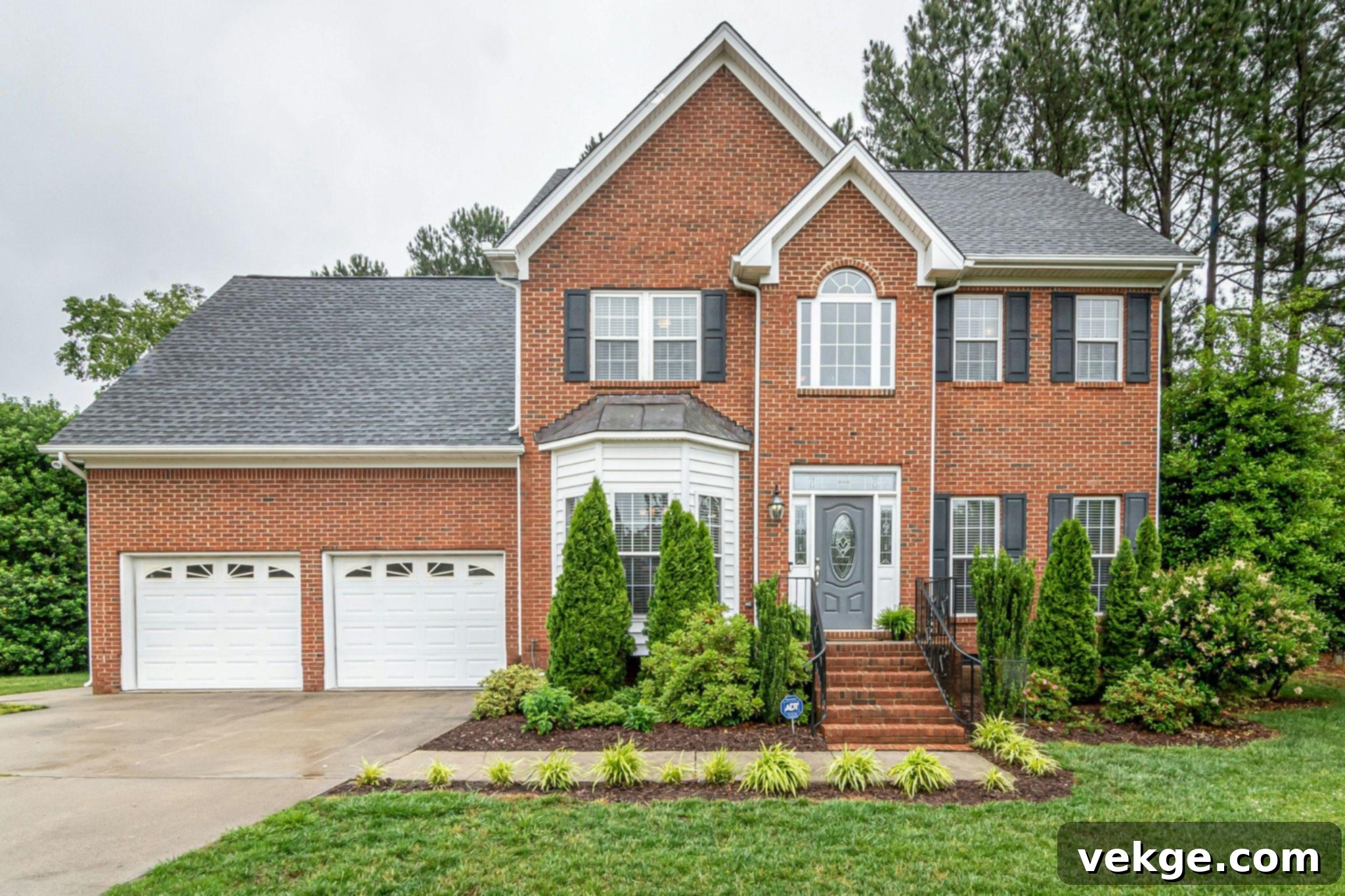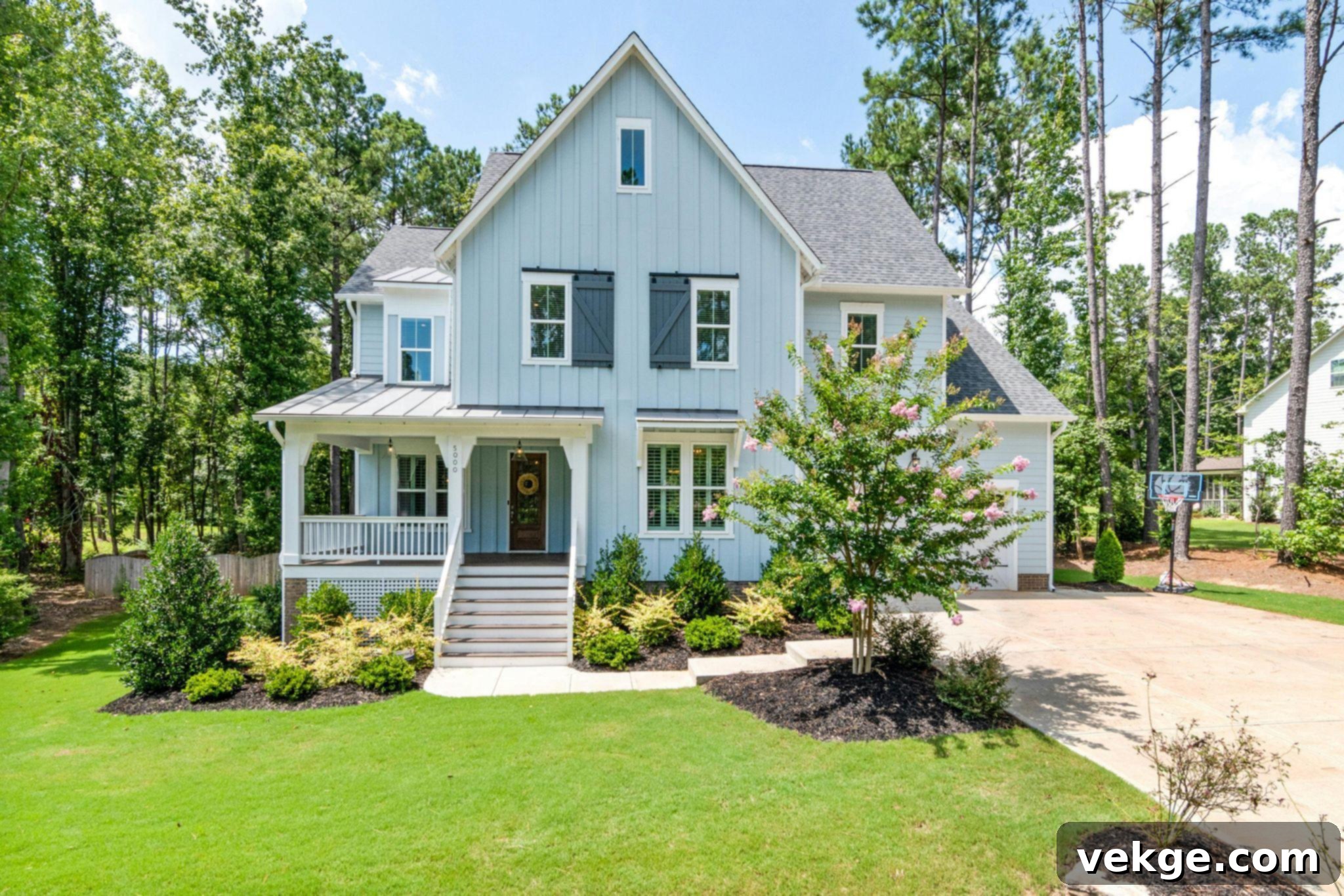Outsourcing Architectural 3D Visualization: Elevating Design and Realizing Dream Homes
In the dynamic world of residential architecture, the creation of stunning, photorealistic 3D visualizations is a crucial step in bringing designs to life. While clients might naturally assume these intricate visuals are produced internally by their architect’s team, the reality often points to a more specialized approach: outsourcing architectural visualization to dedicated studios. This strategic practice leverages the unparalleled expertise of specialized 3D artists, enhancing project quality, boosting efficiency, and providing unparalleled clarity for all stakeholders.
This comprehensive article delves into the growing trend of architects relying on external visualization specialists. We will explore the compelling reasons behind this shift, the profound advantages this collaboration offers to architectural firms, and most importantly, the significant benefits it brings to homeowners who are embarking on the journey of building or renovating their dream residences.
The Rise of Outsourced Architectural Visualization in Modern Design
The architecture and design industries have experienced a transformative shift, with architectural visualization outsourcing emerging as a standard and highly valued practice. This evolution is largely fueled by advancements in digital collaboration tools, which now enable seamless partnerships between architectural firms and specialized rendering studios located anywhere in the world. Geographical barriers have dissolved, opening up a global talent pool of 3D artists.
This modern model empowers architects to access and leverage advanced technical skills, state-of-the-art software, and high-performance hardware without incurring the substantial expense and logistical challenges of maintaining an in-house rendering team. The direct result is the consistent production of higher-quality visuals, delivered more efficiently than ever before. This allows architects to reallocate their focus and resources back to their core responsibilities: innovative design development, client communication, and overall project management. The increasing demand for immersive, highly detailed, and emotionally engaging presentations – far beyond traditional blueprints or simple sketches – has further amplified this trend. Architects are recognizing that providing a truly realistic preview of a space is not just a luxury, but a critical component for achieving superior client satisfaction and ensuring overall project success.
Why Architects Opt for External 3D Rendering Services
Architectural firms strategically choose to engage external 3D rendering outsourcing service providers for a multitude of compelling reasons, moving beyond the traditional in-house model to embrace specialized expertise and optimized resource allocation:
- Specialized Expertise: Crafting high-end, photorealistic visualizations demands a unique blend of technical mastery and artistic flair. It requires in-depth knowledge of complex software suites such as Autodesk 3ds Max, V-Ray, Corona Renderer, and Unreal Engine, along with an acute artistic eye for composition, lighting, texture, and visual storytelling. Dedicated 3D artists are specialists in this niche, possessing years of experience honing these specific skills. They understand how light interacts with materials, how to create a desired mood, and how to effectively highlight architectural features, turning technical drawings into captivating visual narratives.
- Resource Optimization: By outsourcing visualization tasks, architects are freed to concentrate on their primary competencies: conceptual design, detailed architectural planning, client coordination, and construction administration. This strategic delegation maximizes their most valuable asset – their design intellect and creative vision. It prevents valuable architectural design time from being consumed by the highly specialized, and often time-consuming, task of rendering, ensuring that the firm’s core talent is applied where it generates the most value.
- Technical Infrastructure: Specialized rendering studios make significant, continuous investments in cutting-edge, high-performance hardware and costly software licenses. This includes access to powerful render farms – networks of interconnected computers designed to process complex rendering tasks in parallel, drastically reducing rendering times. Such an infrastructure is incredibly expensive to acquire, maintain, and upgrade for most individual architectural firms. Outsourcing provides immediate access to this advanced technology without the prohibitive capital expenditure or ongoing IT management burden.
- Scalability and Flexibility: The nature of architectural projects often involves fluctuating demands. Some periods require intense visualization work, while others may have minimal needs. External teams offer unparalleled scalability, allowing firms to easily ramp up or scale down visualization support as project demands shift. This eliminates the need for architects to manage staffing changes, recruitment processes, training, or layoffs for an in-house rendering team, providing invaluable flexibility and agility in a project-based industry.
- Cost Efficiency: In many cases, outsourcing 3D rendering proves to be more economical than sustaining a full-time, in-house rendering staff. When considering the comprehensive costs associated with an in-house team – including salaries, benefits, continuous software license fees, hardware upgrades and maintenance, training, and overheads – outsourcing transforms what would be a substantial fixed cost into a more manageable variable expense, directly aligning visualization expenditures with specific project revenues. This allows for more predictable budgeting and a higher return on investment for design services.
What Professional 3D Artists Bring: Depth, Mood, and Unmatched Realism
The contribution of professional 3D artists extends far beyond merely creating images; they meticulously enhance architectural projects by infusing them with depth, mood, and an unparalleled sense of realism. Their expertise lies in their meticulous attention to the subtle nuances of lighting, materiality, and spatial composition. They possess the skill to transform abstract technical drawings and CAD models into immersive visualizations that accurately represent photorealistic material textures – from the sheen of polished concrete to the subtle grain of natural wood or the reflective quality of glass – as well as realistic natural and artificial lighting conditions, and precise spatial relationships.
Moreover, these artists are masters at conveying the intended mood and atmosphere of a future space. Through expert manipulation of light, shadow, color palettes, and environmental elements, they can evoke a feeling of warmth, spaciousness, tranquility, or vibrancy, making a conceptual space feel tangible and inviting. This advanced level of detail empowers clients to thoroughly evaluate design decisions long before any physical construction begins, significantly reducing the likelihood of costly revisions and delays later in the project timeline. The ability to realistically visualize furniture at the proper scale, experiment with different finishes and color schemes, and understand the environmental context – such as how natural light enters a room at different times of day – provides invaluable feedback during the critical design phase. Beyond just visuals, skilled 3D artists can also create compelling narratives around the design, helping clients truly envision themselves living, working, and thriving in the future space, fostering a deeper emotional connection to the project.
Tangible Benefits for You, the Homeowner
Homeowners stand to gain substantial and often transformative advantages when their architects utilize professional outsourcing architectural 3D rendering services. This collaborative approach directly impacts your ability to visualize and influence your future home:
- Informed Decision-Making: High-fidelity renders provide an unprecedented level of clarity. You can realistically assess various finishes, explore different layout options, and evaluate the overall aesthetics of your future home with absolute confidence. This minimizes the uncertainty of “what if” scenarios, allowing you to make well-informed decisions about everything from cabinet materials to floor plans. You can genuinely “see” your future home, complete with its intended ambiance and functionality, before a single brick is laid or a foundation is poured.
- Risk Mitigation: One of the most critical benefits is the early identification and mitigation of potential design issues. Problems such as poor natural lighting, awkward spatial arrangements, unharmonious material clashes, or even structural considerations become visibly apparent early in the design process. This proactive visualization allows for timely adjustments and design revisions, preventing costly mistakes, change orders, and frustrations that could arise if these issues were only discovered during the construction phase. It acts as an invaluable pre-construction quality check.
- Enhanced Communication and Clarity: Architectural visualizations serve as a universal visual language, effectively bridging the communication gap that can sometimes exist between complex architectural jargon and a homeowner’s understanding. These clear, tangible images become common reference points, facilitating much clearer and more productive discussions among all key stakeholders: you, your architect, your interior designer, and your contractor. Everyone is literally on the same page, sharing a precise vision of the final outcome.
- Emotional Engagement and Ownership: Seeing your future home come to life through highly realistic renders fosters a profound emotional connection and a stronger sense of ownership over the project. Clients develop a deeper bond with their future designs, which in turn generates excitement, anticipation, and a greater commitment to the project’s success. Witnessing your dream home materialize visually can be an incredibly inspiring and reassuring experience, transforming an abstract concept into a vivid reality.
Ultimately, these combined benefits translate directly into smoother project timelines, fewer unexpected issues, and significantly greater satisfaction with the final results. This ensures that your dream home not only aligns with your vision but often exceeds your expectations, becoming a truly personalized and meticulously planned space.

The Impact on Communication, Project Costs, and Timelines
Contrary to a common misconception that outsourcing might introduce delays, engaging external rendering services typically enhances overall project efficiency and streamlines the entire architectural process. This improved efficiency manifests in several key areas:
- Faster Iteration Cycles: Specialized studios often operate with optimized workflows and dedicated resources, enabling them to deliver high-quality renders with quick turnaround times. This agility facilitates rapid design iterations, allowing architects to explore multiple design options and receive client feedback much faster than an in-house team might be able to achieve, accelerating the design development phase.
- Reduced Miscommunication: Photorealistic visualizations serve as unambiguous references, significantly reducing the potential for miscommunication between the architect’s design intent, the homeowner’s expectations, and the contractor’s execution. When everyone is working from a clear, visual representation of the final product, misunderstandings are minimized, leading to fewer disputes and rework during construction.
- More Accurate Budgeting: Precise and detailed visualizations lead to more accurate documentation and specifications. This clarity enables contractors to provide more precise bids and estimates, as they have a clearer understanding of the scope, materials, and complexity involved. This precision in planning translates into more accurate budgeting for homeowners, helping to avoid unexpected cost overruns during construction.
- Significant Cost Savings: The upfront investment in professional visualization is often offset by significant long-term savings. By identifying and rectifying potential design flaws or material conflicts early in the process, architects and homeowners can avoid costly redesigns, minimize material waste, and prevent expensive construction errors that would be far more difficult and expensive to correct once building has commenced. These preventative measures often result in a net saving that far outweighs the cost of outsourcing.
- Streamlined Approvals: High-quality visualizations can significantly streamline the approval process from planning departments and regulatory bodies. A clear, visual understanding of the proposed structure’s aesthetic, scale, and integration into its environment can expedite permits and approvals. Furthermore, contractors can work with more precise specifications and a better understanding of the final vision, leading to fewer on-site changes, increased productivity, and a more efficient building process overall.
Conclusion: A Strategic Evolution for Superior Architectural Outcomes
The strategic outsourcing of 3D visualization represents a pivotal evolution in modern architectural practice. By fostering collaborative relationships with specialized rendering studios, architects are empowered to significantly elevate their design communication and presentation capabilities while simultaneously maintaining a sharp focus on their core competencies of conceptualization and design innovation. This division of labor allows each specialist to excel in their respective domain, leading to superior overall project quality.
For homeowners, this forward-thinking approach offers tangible, profound advantages: clearer, more realistic, and emotionally engaging previews of their future spaces. This transparency empowers them to make more confident, informed decisions, actively participate in the design process, and proactively mitigate potential risks. In essence, it’s a quintessential win-win scenario: architects can channel their genius into groundbreaking design, and 3D artists can apply their specialized talent to create breathtaking visualizations. The ultimate beneficiary is the client, who receives a more polished, predictable, and profoundly satisfying outcome – transforming a vision into a flawlessly executed dream home.
